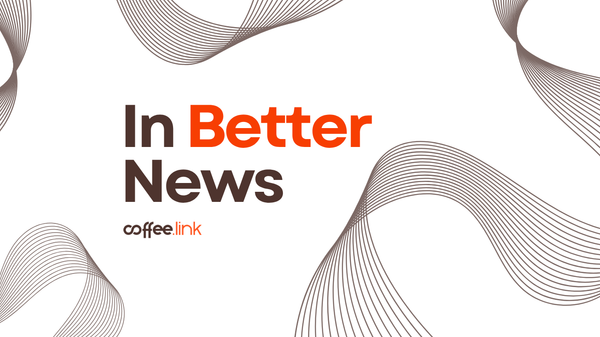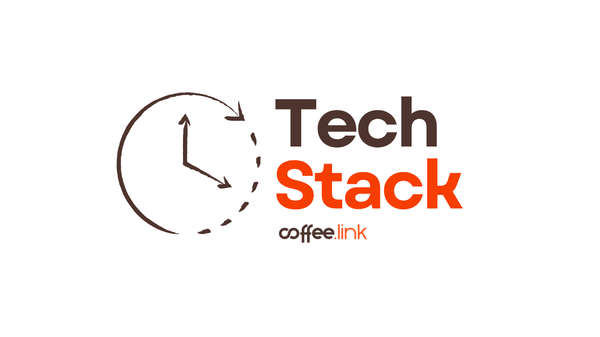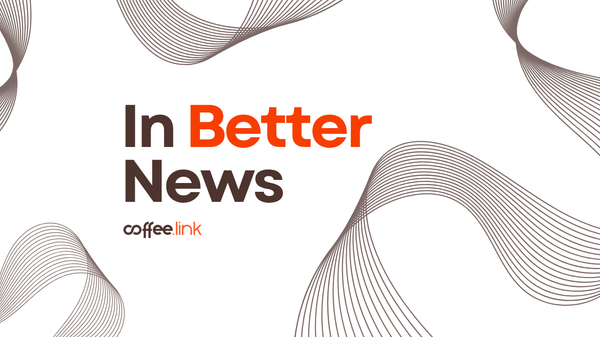Harvard Business Review dropped a video about neurotech's advance into the workspace, which means yet another quest for efficiency is under work.
According to Nita Farahany, these devices can detect our cognitive states — but soon enough they may be equipped to understand what specific tasks hold our attention. And if I can rephrase this: it can read whether or not you're actually present at your workplace.
Working from home has driven higher-ups into a paranoia-like state: are my employees working? are they slacking off? are they doing enough work to check off the money's worth? Questions are many, and limitations, are just as much. This paranoid rush of employers has often brought back some form or the other of micromanagement. But, these neurotech devices started cropping up well before we read corona or the pandemic as common terms.
Checking More Than Once
The HBR article that came out with the video states: "Employees in high-trust organizations are more productive, have more energy, collaborate better, and are more loyal; employees in low-trust companies feel disempowered and become disengaged." Rightly so, if neurotech-led efficiency tracking becomes the next big thing for guns in the game, how can one expect employees to be at ease while working? It does make sense to know what each person is working on and to check on their availability. But, a daily login of one's mental state that is tracked by sensors makes the environment mechanistic rather than desirable.
Yet, surveillance gets tapped into more often than not.
As per the findings of an ExpressVPN study, despite 83% of employers considering surveillance unethical, 78% went on to adopt monitoring software into their system. As a result, 56% of employees face anxiety.
Even if companies don't go the extra neurotech mile, they may still have options that can monitor and surveil their employees' state of mind (or emotions). Zoom received the wrath of many when it was hinted last year that it may be working on an AI feature that could help employers understand the emotional state of their workers.
The feature was advertised as a tool that Sales teams could utilize to gauge the prospects' reactions during cold calls — Zoom IQ for Sales. The pandemic, having removed the personal from all interactions, had indeed made it difficult for many to pitch in and converse as they usually would. It's easier to tweak a virtual face than any natural in-person response. There's a certain amount of distance that sets in during virtual conferences which makes it possible to keep results and the actual process quite distinct from one another. Given these arguments, the possibility of letting AI decode the emotions for you seems flowery enough — but AI to decode reactions? Is that the humane side of things that Zoom was aiming to achieve?
To Do
A good amount of employees are willing to either cut their pay in exchange for no surveillance or quit if monitoring software is to be installed at their workplace.
So, what should companies do? Monitor your results. Keep attainable targets, space out your deadline, and look at what has been achieved at regularized check-in points.
If it's ownership you want from your employees for each task, you're not gaining it by micromanagement or surveillance. Create a flexible environment for work, and there will be good results.








